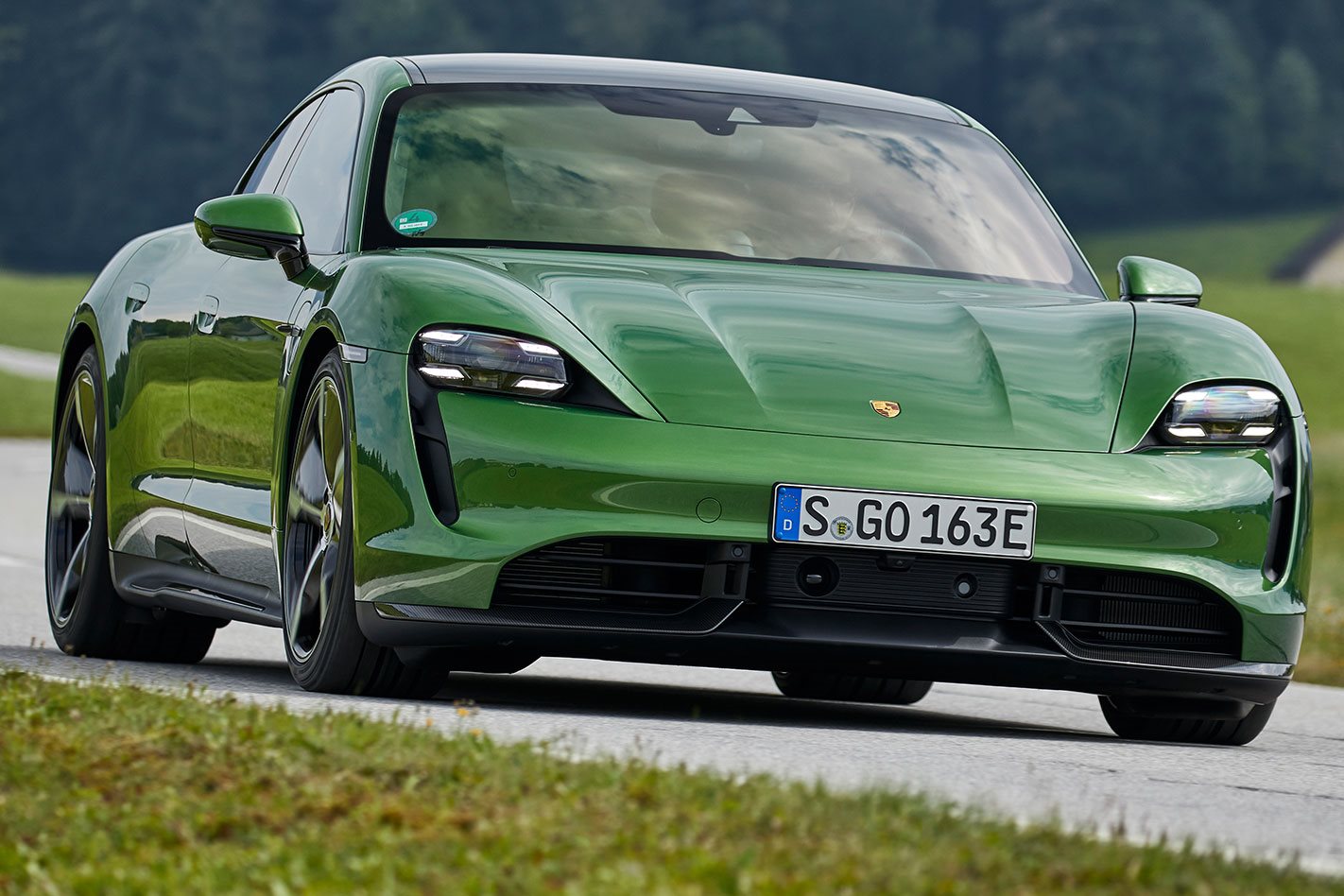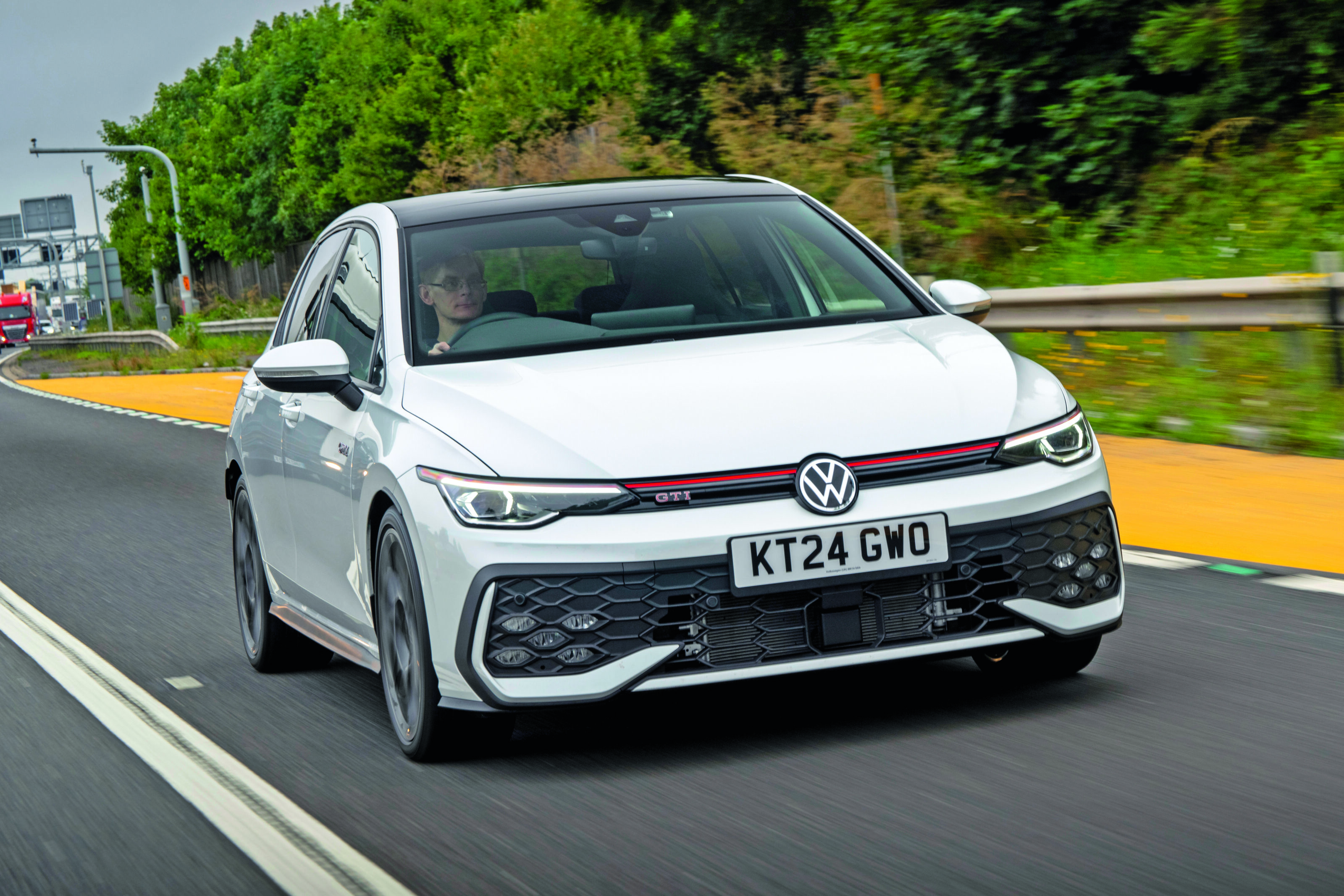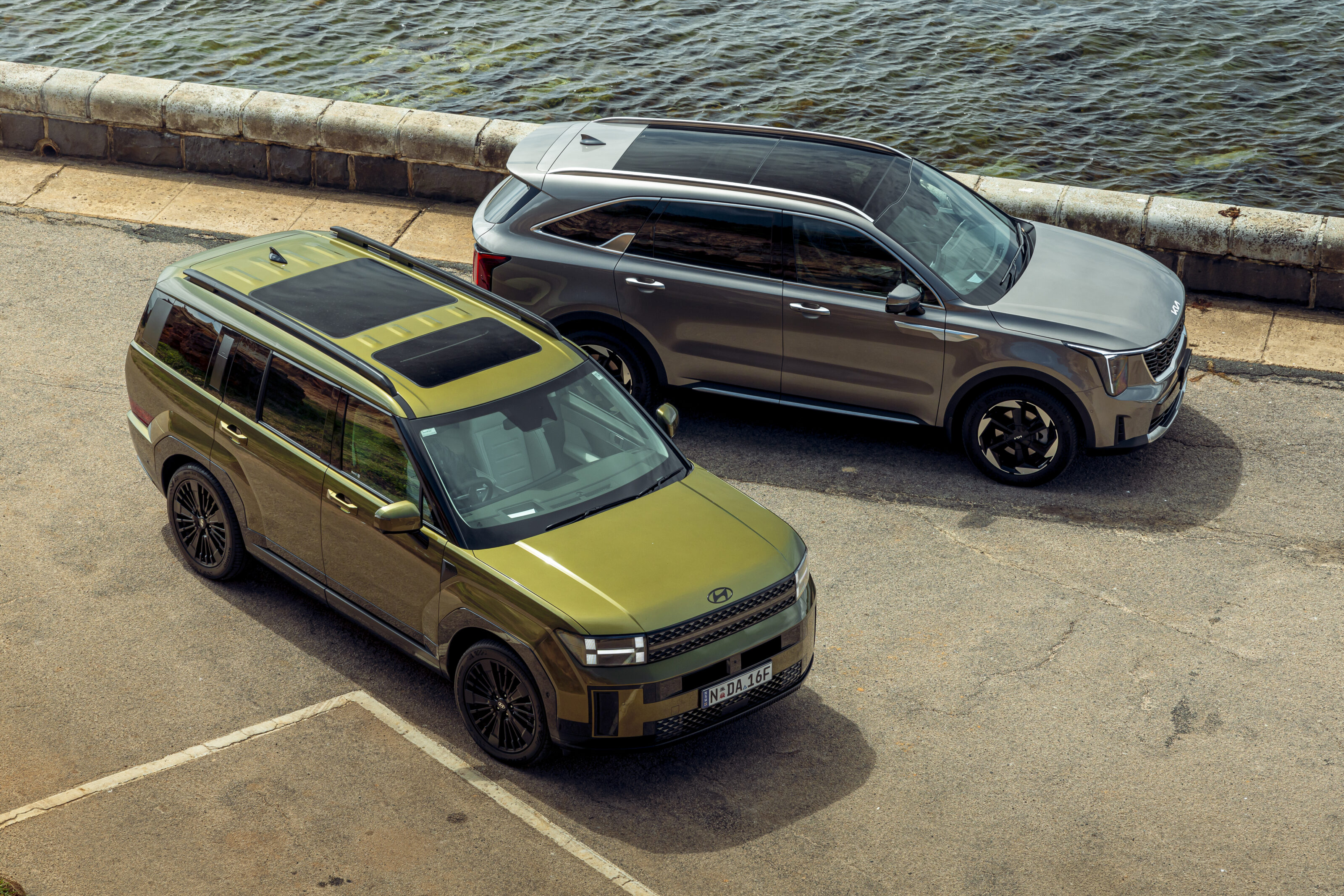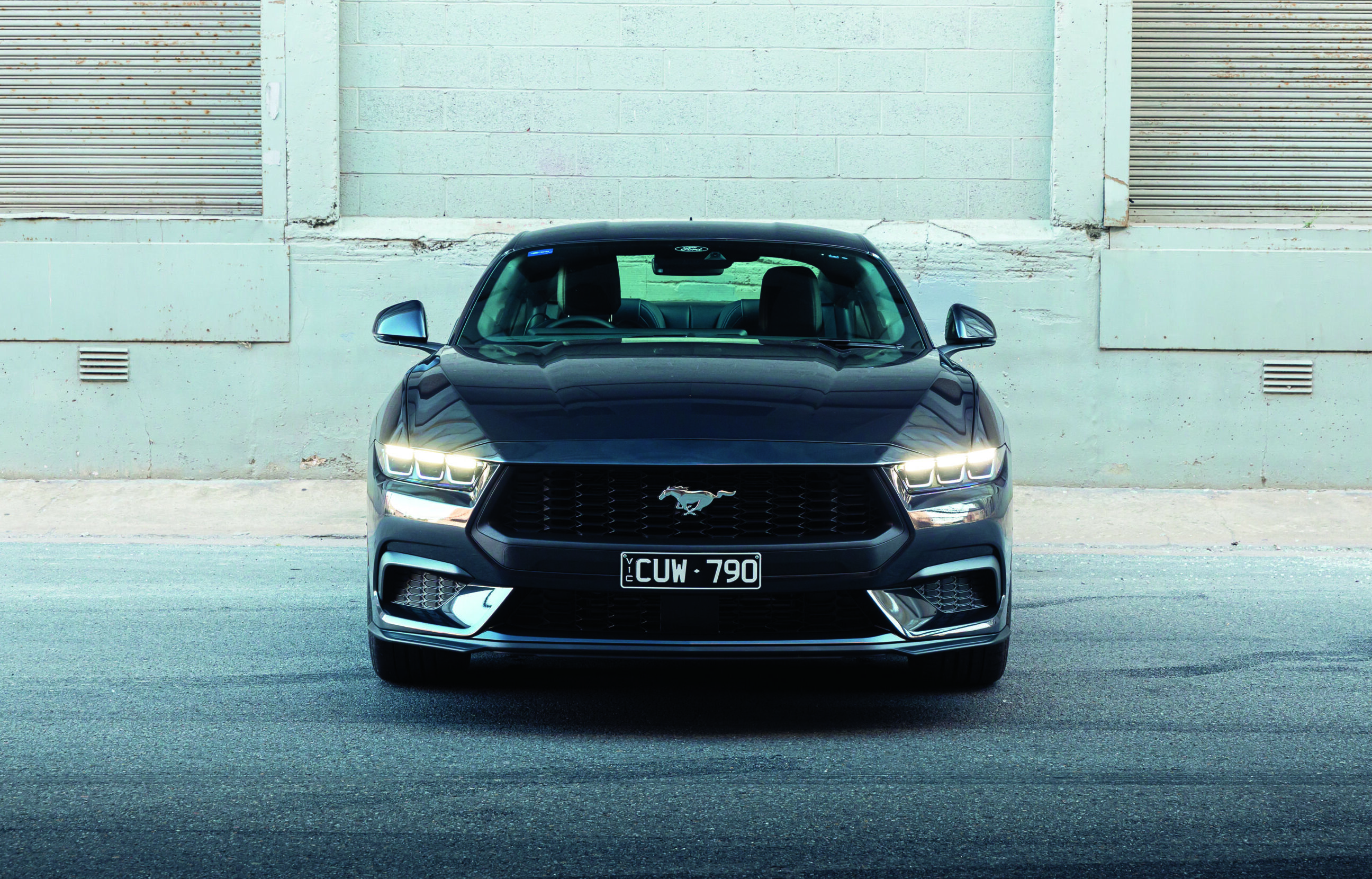Overall Rating

5 0 5
Plus & Minus
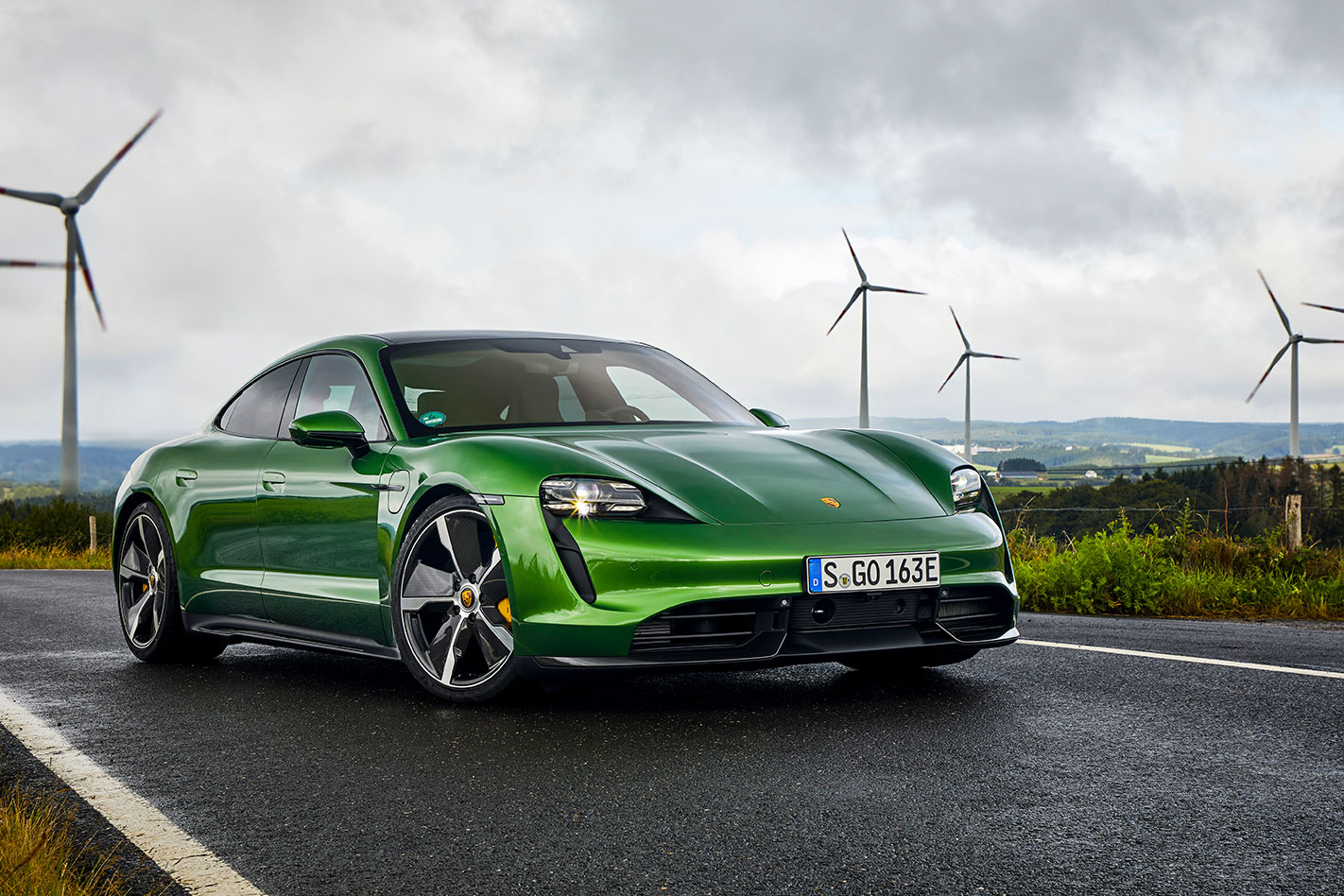
WHAT IS THE PORSCHE TAYCAN?
The most hyped EV in years? A line in the sand for the future of the performance car? This feels like both. Welcome to the Porsche Tacyan – Porsche’s first EV and a car that doesn’t only offer the promise of driver-focused performance, but also a quality interior, a decent boot and faster charge times.
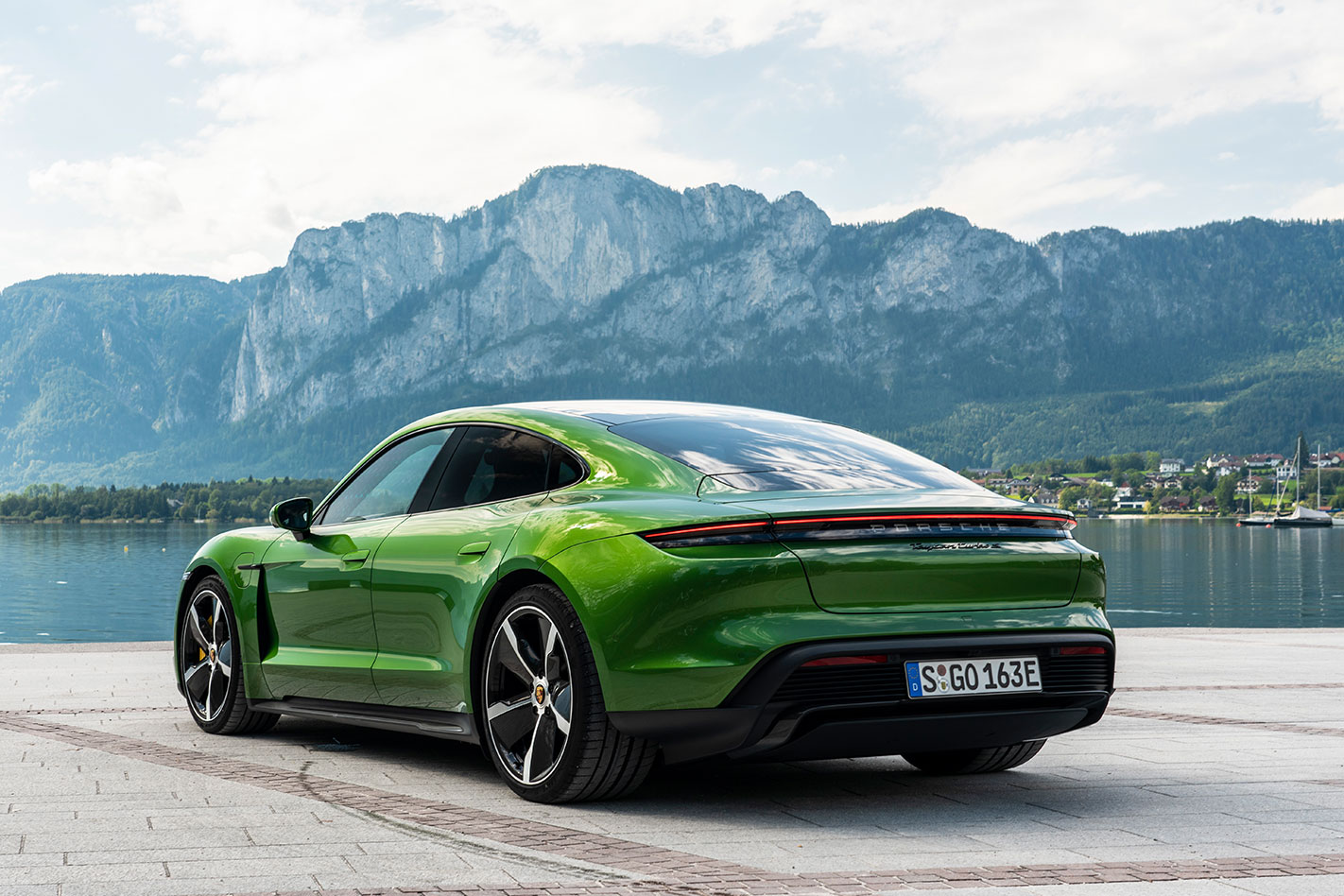
WHY WE’RE TESTING IT
While Wheels deputy ed Andy Enright gave us the full technical low-down on the Taycan last month, courtesy of a deep-dive technical briefing at Porsche’s all-new 1 billion-euro production facility in Zuffenhausen, this is our first chance to drive a Taycan. So strap in, for what follows is a glimpse at Porsche’s future. No pressure…
THE WHEELS REVIEW
Autobahn, 180 clicks south of Berlin. Rain spatters the windscreen as you patiently negotiate the melange of trucks, white vans and hustling BMW wagons. Then, as if by some invisible signal, the fast lane clears and the road straightens. Flatten it. The Porsche explodes forwards, but not in the way you’re used to. There’s no kickdown from the gearbox, no flare of revs, no howl from a collection of pistons, valves and plugs. There’s only silence, save for some wind rustle and the rising roar from the 21-inch Goodyears. Just silence, and crushing, unrelenting, seemingly unstoppable acceleration.
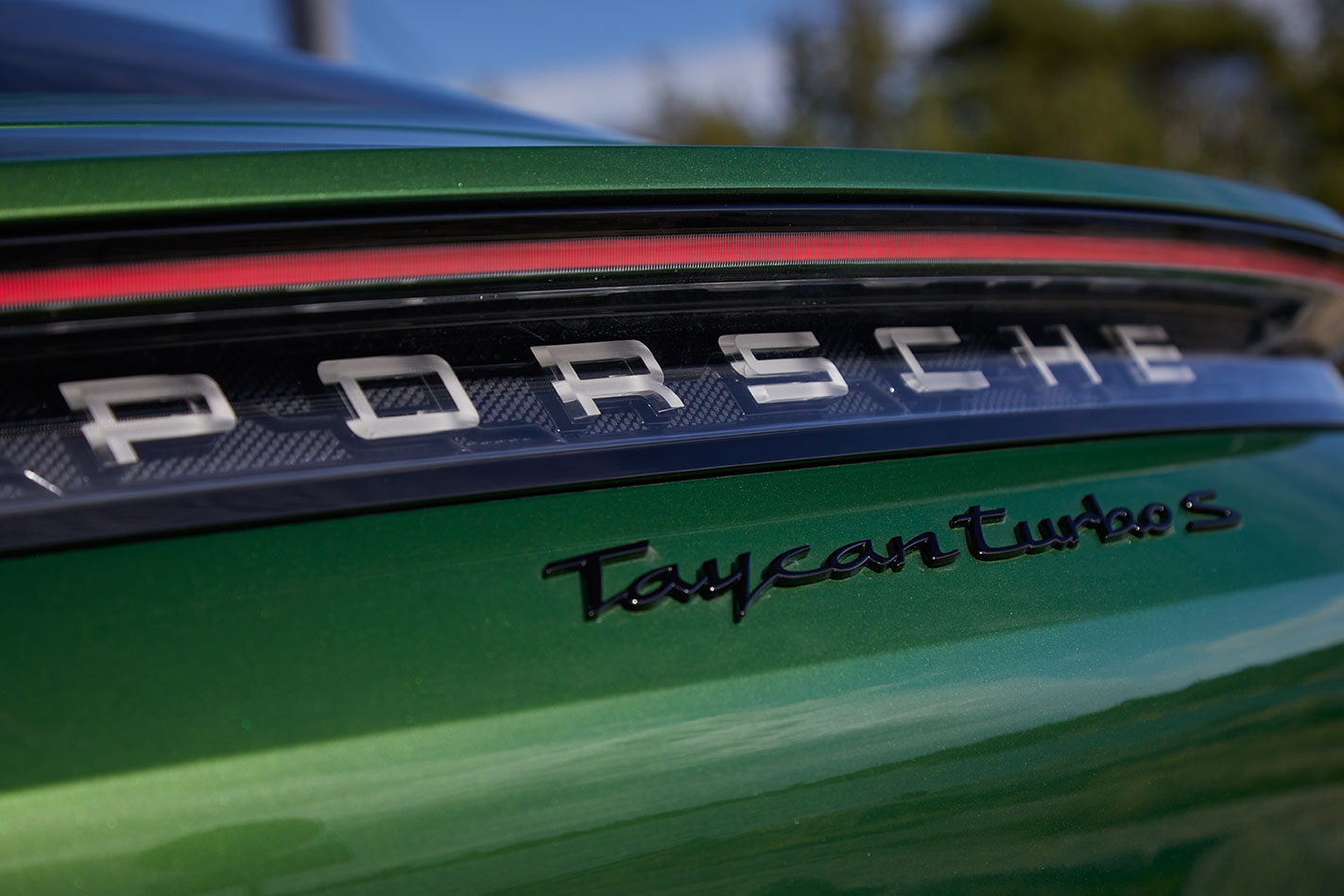
The official VMAX is 260km/h but so rapid is our accumulation of speed that the Taycan’s speedometer rushes pass that number with disdain. Only the sudden appearance of a van turning into the top lane seems capable of slowing Porsche’s EV as you get hard on the brakes at 270km/h.
Loosen your grip; take stock. Breathe.
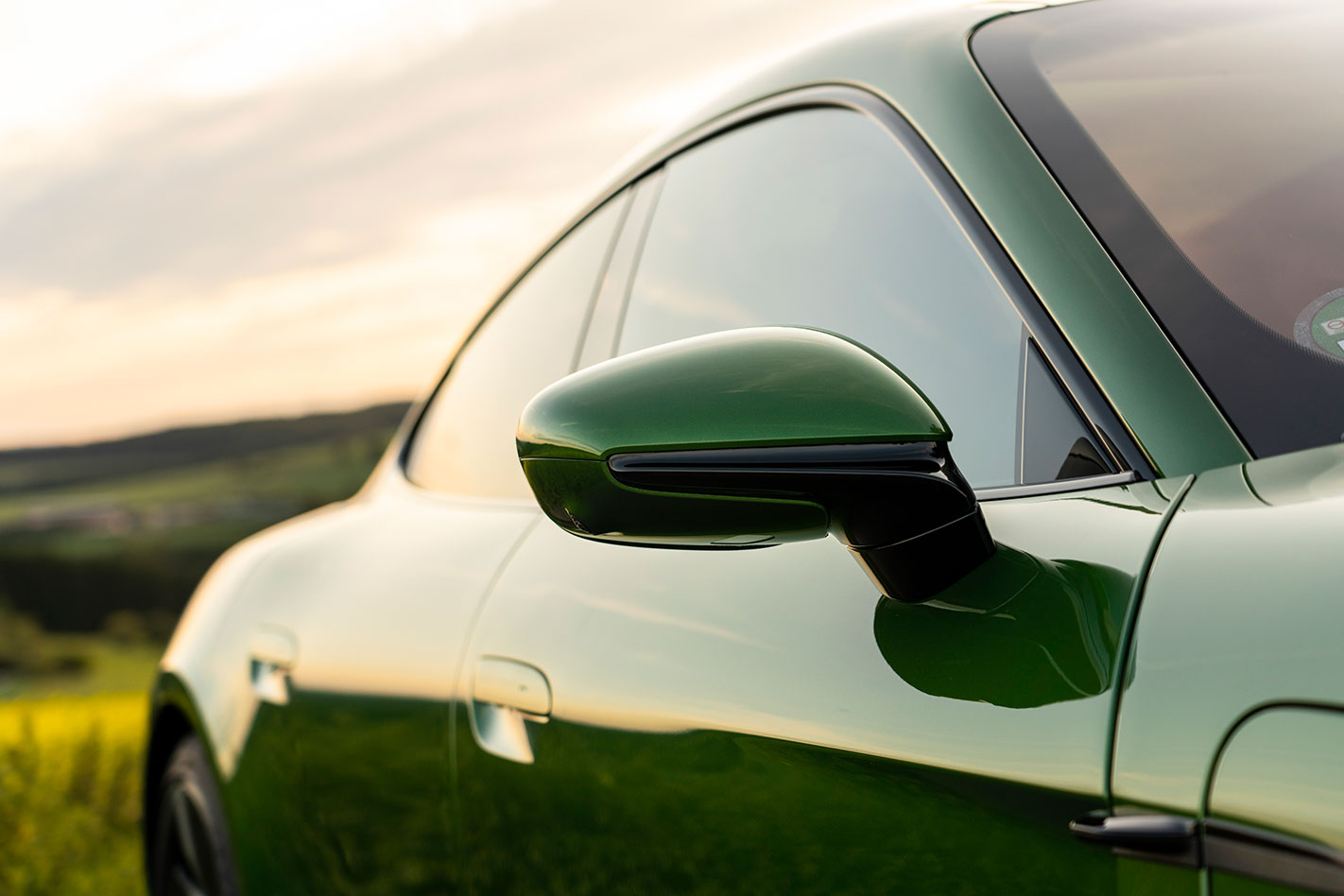
No, we’re here to learn something deeper. To answer the question printed on the cover of last month’s issue (Wheels, November): “Has Porsche created an EV with soul?” For that’s the promise that sets the Taycan apart, isn’t it? The sense that this is finally an EV that draws a line in the sand. That it’s different. That it’s an EV for drivers.
Windier roads, and some more seat time are needed to answer that properly, but first, some background. Last month’s Taycan technical deep dive was comprehensive, so if you’d like a greater understanding of how Porsche has moved the EV game on technically, head there now.
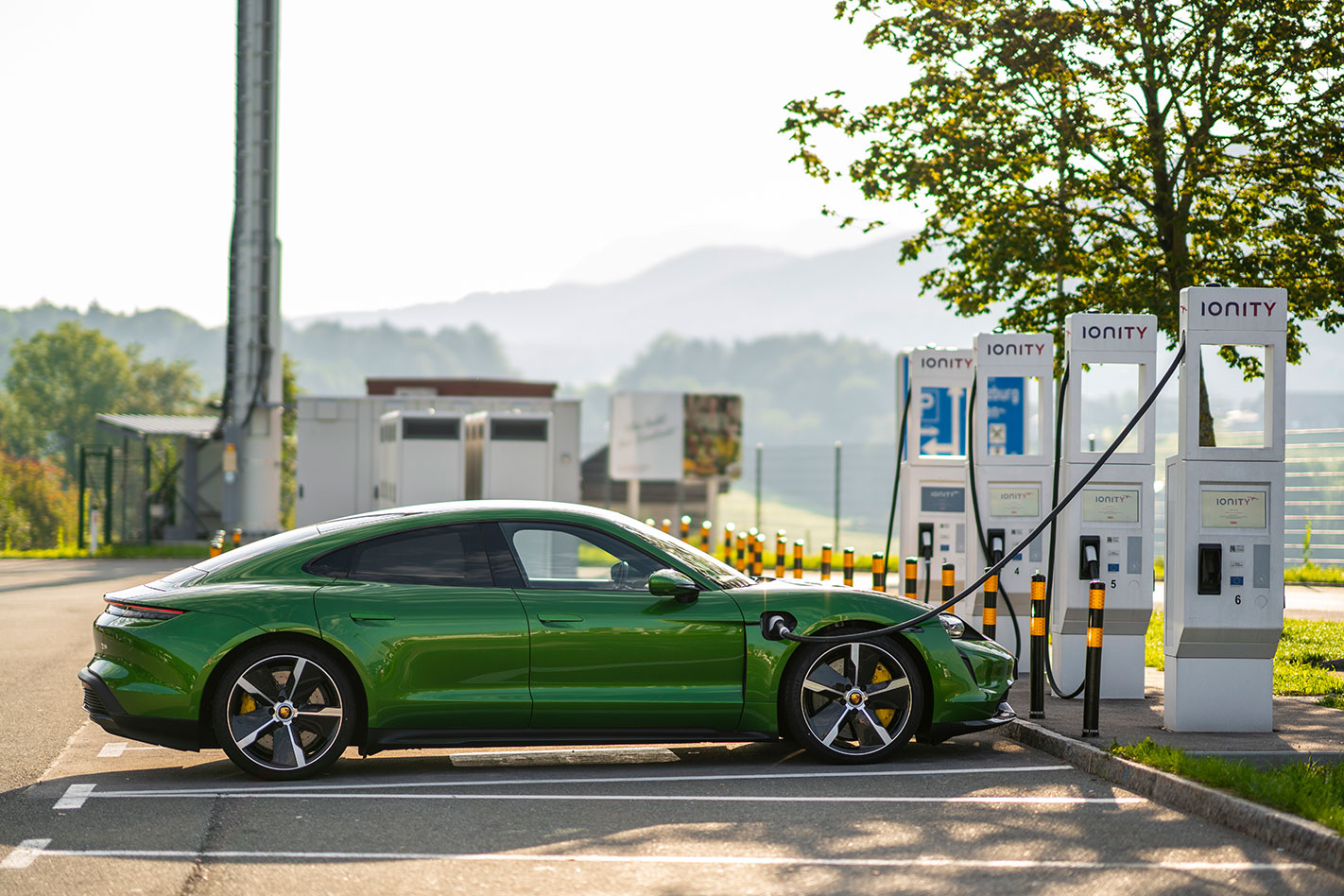
Read next: Porsche Taycan drives distance of Melbourne to Perth in one day
For now, Porsche is alone here (other EVs use 400V) and is bullish in spruiking its benefits. Greater voltage allows for a lower current, which boosts recharging times (Porsche claims that with the right charger and a warm battery, a 5-80 percent recharge takes 22.5 minutes) and provides the ability to use a thinner wiring loom which can be packaged more easily and weighs 4kg less. Lower current also means there’s less heat in the battery, electric motors and other core components; a crucial factor in delivering consistent and repeatable performance, which is a weakness in key EV rivals. Porsche isn’t shy in pointing this out.
“Every Porsche is track ready, and we are track ready with this Porsche in particular,” I’m told by Dr Ingo Albers, the man in charge of the Taycan’s chassis. “Mostly it will be the driver that is the limit, not the car. After doing 25 launch control starts you are tired, I promise.”
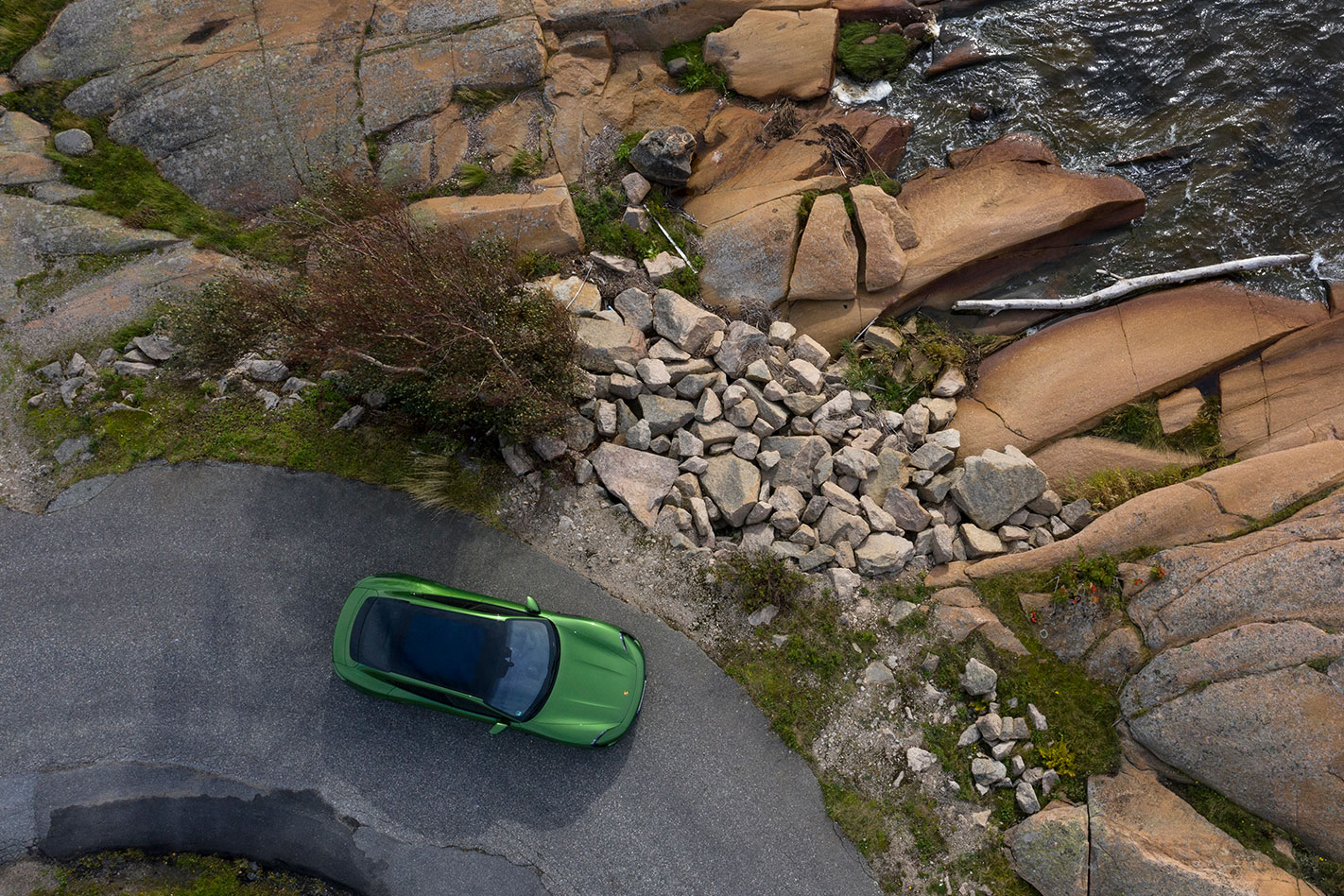
It’s the more aggressive, and more expensive, Turbo S that we drive first, however. Tipped to cost $350,000 when it arrives locally at the end of 2020, it too deploys 460kW in regular driving, though an additional pulse inverter on the front axle means its overboost outputs leap to 550kW/1050Nm. Range drops to 412km, though performance numbers tumble too. Here, 0-100km/h takes 2.8secs. “And our figures are from a standing start,” adds Ingo, the subtext referring to Tesla’s ‘one foot rollout’ technique for recording performance times.
Drop into the driver’s seat and pause for a moment. You approach the Taycan wary that it will deliver an alien experience. Tesla’s minimalist cockpits and contrary operating functions play on your mind, but slip inside the Taycan and it instantly feels familiar. The driving position is low, natural and very 911. The steering wheel is lifted straight from the 911, and all of the key controls and functions fall naturally to hand. Only the radically different dash architecture, headlined by a curved 16.9-inch instrument cluster and a multitude of other touch and haptic screens, requires some recalibration.
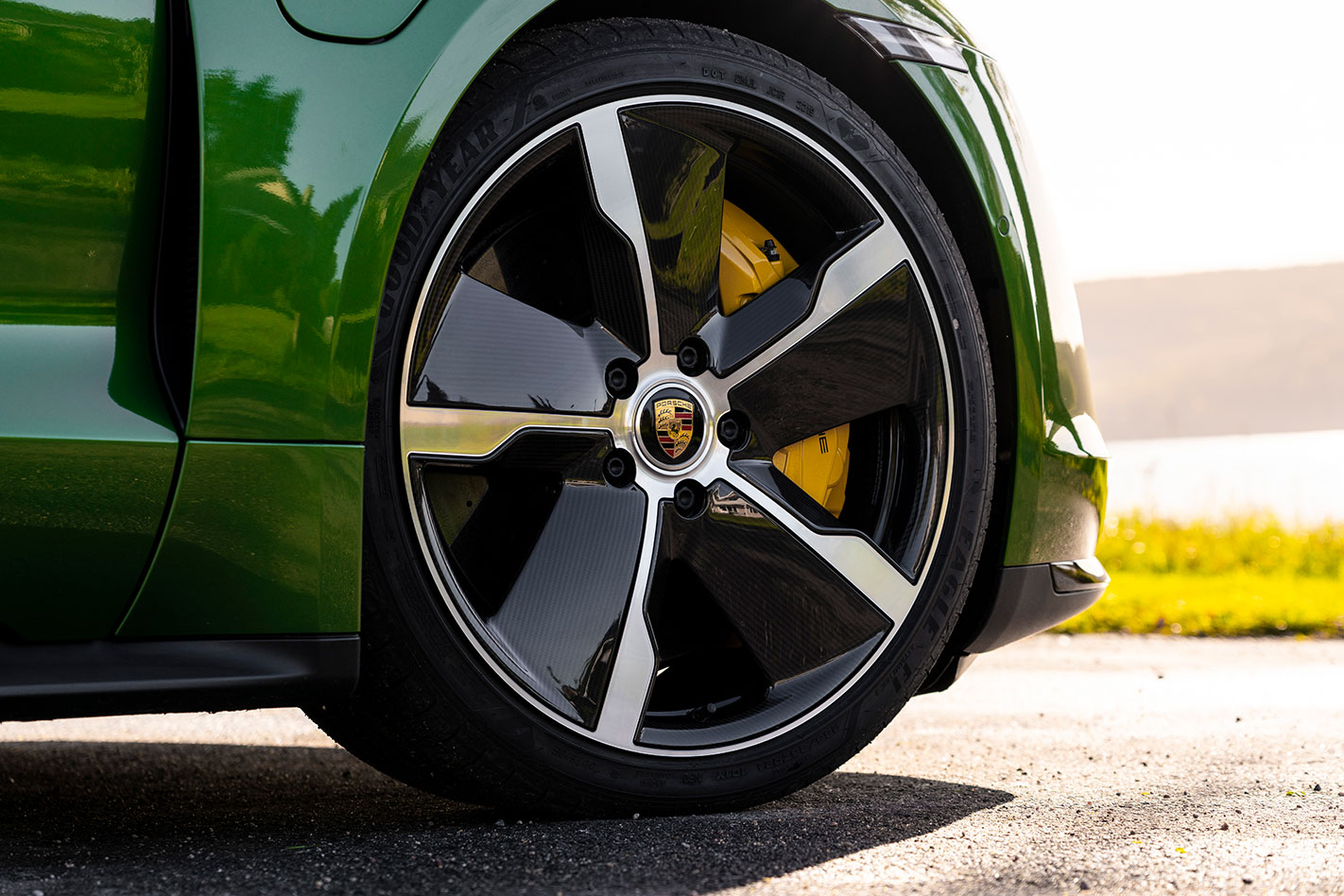
Is the ‘cheaper’ Turbo noticeably less frantic? Yes, though both are monstrously rapid, with more shove and faster responses than any Porsche I’ve ever driven. Porsche’s data shows that in the first 2.5sec of a launch, the Taycan covers the same distance as the 918 Spyder hypercar, which should see you decimate all comers in the race away from the traffic lights.
Calm things down and the Taycan is effortlessly unflappable. Again, there’s an immediate familiarity to the controls. The steering (2.5 turns lock-to-lock) is nicely judged and naturally weighted, throttle tip-in is smooth, and it feels more agile in heavy traffic than a Panamera, which is its closest sibling in terms of size. Less natural is the coasting function. Preconceptions play a role here as EVs have conditioned our brains to expect heavy recuperation when you lift off the gas. You won’t be ‘one-pedal driving’ in the Taycan, however. Roll out of the throttle and it’ll maintain a constant speed which, initially at least, almost feels as though the car is increasing its speed. You can boost the level of recuperation though three settings, though get used to the default setting and it quickly becomes preferable to heavy regen.
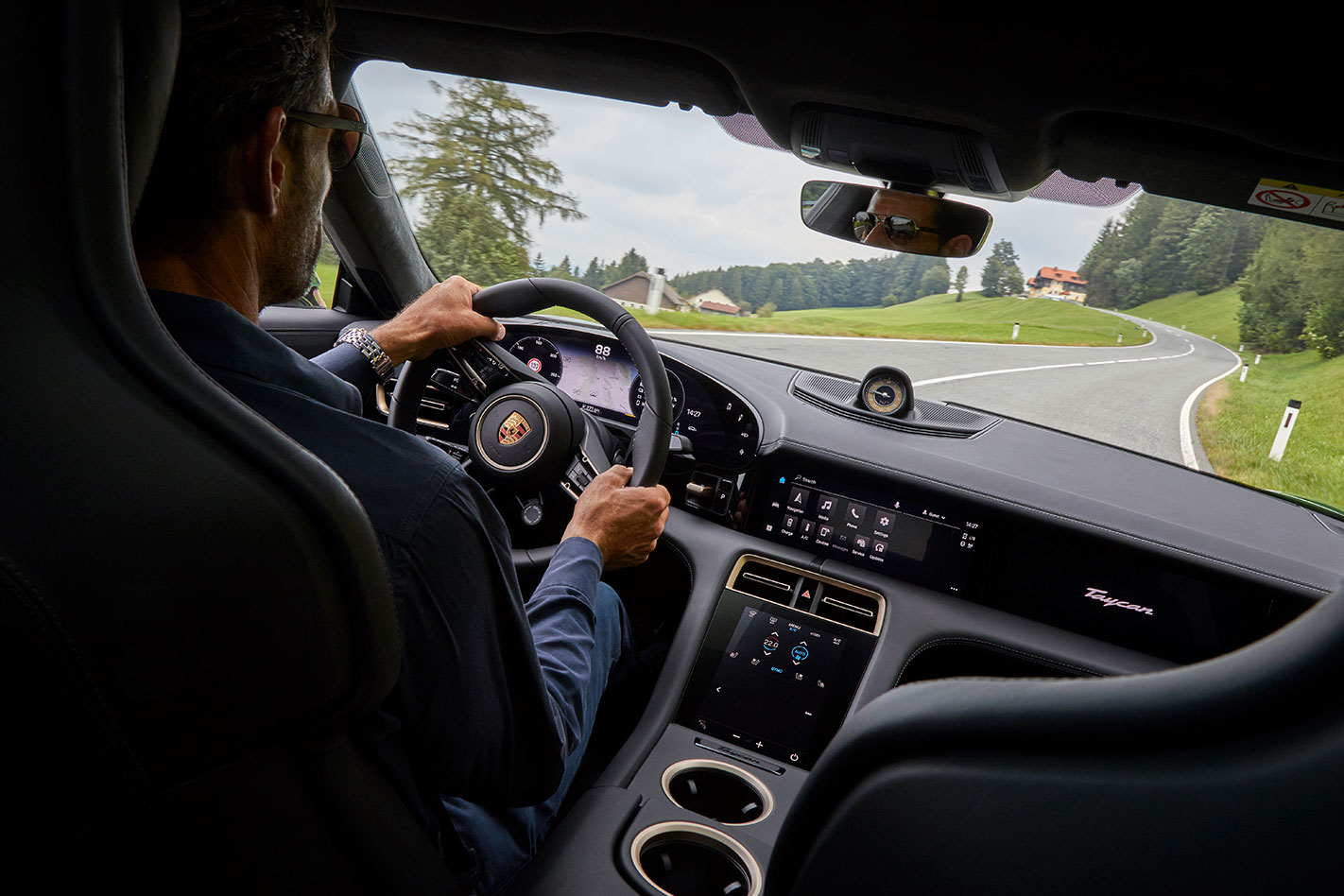
It’s not perfect, however. Rear headroom for tall passengers is compromised (counter-intuitively, cars fitted with the optional panoramic glass room actually have more headroom than those with a steel roof), and while there’s ample toe room and sufficient kneeroom thanks to a lengthy 2900mm wheelbase and scalloped front pews, the rear bench could do with more under-thigh support. I’m also not sold on the plethora of screens in the front of the cabin. The curved instrument cluster is a triumph, with sharp graphics and intuitive touch pads on either edge for the lights, traction control and suspension settings, but the 10.9-inch screen on the lower section of the centre console is less convincing. Unlike the other touchscreens, this responds via haptic feedback and is something of a fingerprint magnet, which quickly detracts from its sleek appearance.
And if three screens aren’t enough, you can option a fourth display for the passenger. Even more than the lower central screen, however, this feels like tech for tech’s sake as it doesn’t offer any functionality the passenger can’t access by simply moving their hand two inches to the left.
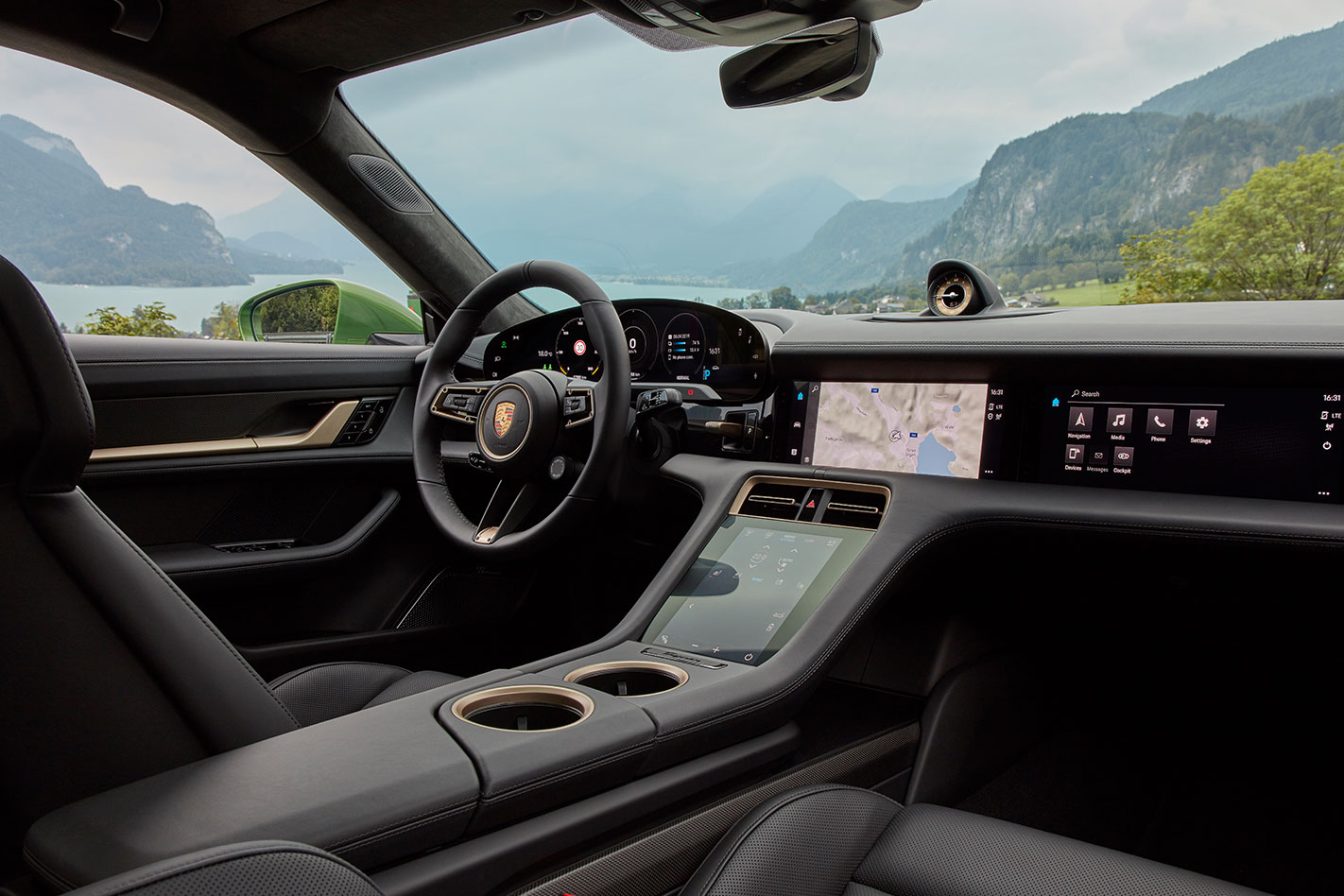
Find a winding road and your focus hardens. It’s wet, the ambient temperature hovering around 5C, and the twisty sections on our road loop are so narrow that they’re virtually a single lane at the apex. Not ideal for a circa-500kW performance car that weighs 2.3 tonnes… yet the Taycan simply demolishes the route.
Read also: Hennessey amps up the Porsche Taycan
Rear-wheel steering is standard, as is Porsche’s full armada of chassis control systems, including torque vectoring, an electronically controlled limited-slip differential and active anti-roll bars, the latter taken directly from Panamera and Cayenne.
Body control is vicelike, with any lateral movement so small as to be virtually imperceptible at sane speeds. And while grip levels are high, there’s enough communication through the seat of your pants to telegraph when you’re nearing the limits of adhesion. Ignore those signals, however, and there’s real fun to be had on corner exit. Be judicious with your throttle inputs and the Taycan’s ability to slingshot out of a corner is almost without peer, though get greedy with your right hoof and it can feel nicely rear-driven too. Sport and Sport Plus loosen the electronic nanny to give hints of yaw and, should you be feeling confident, ESC off really means OFF.
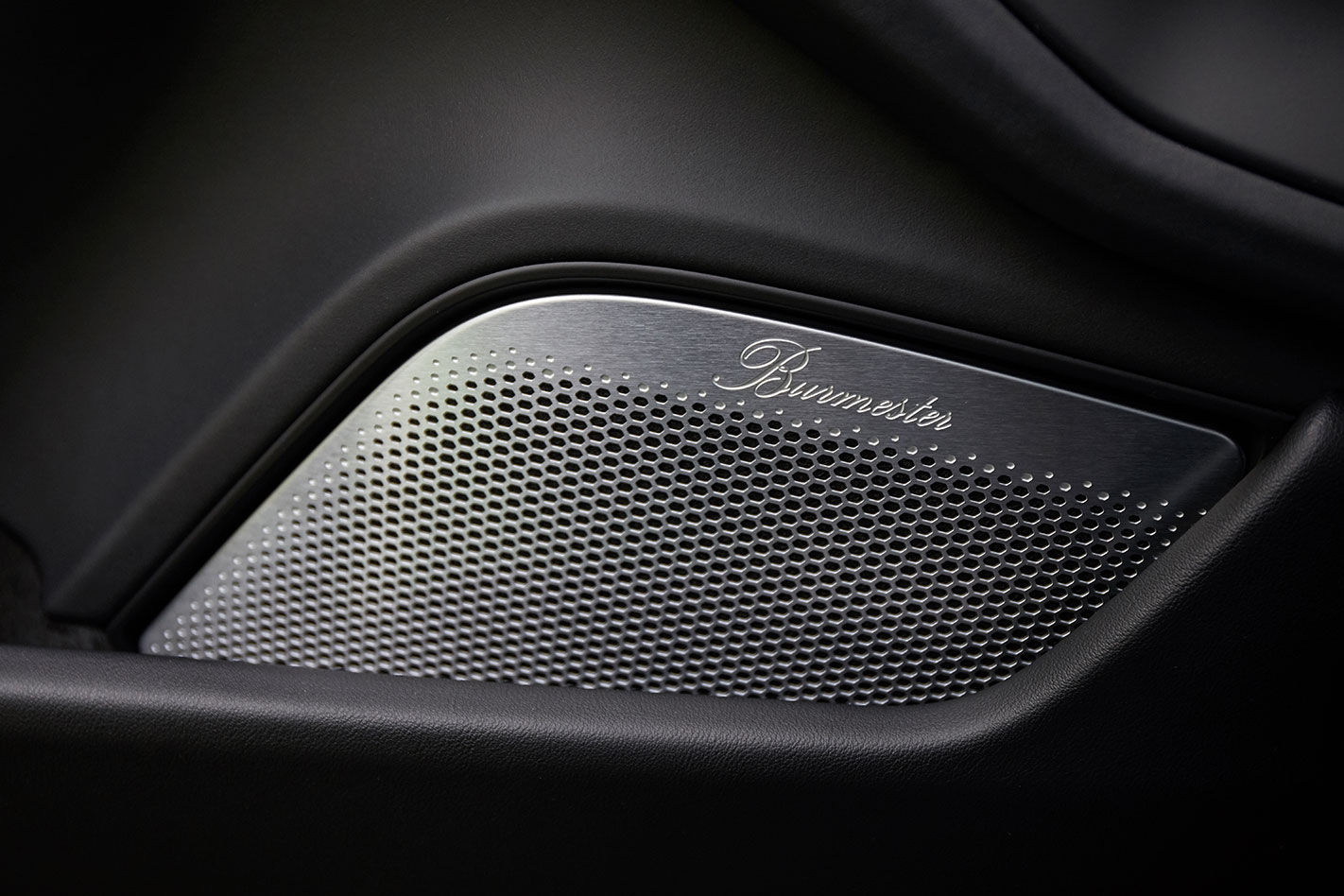
Read next: Porsche Taycan completed an eight-minute lap at the ‘Ring without brakes
Kudos too goes to the brakes, which is odd because most of the time you won’t actually be using them. While the Taycan doesn’t rely on regen when you lift off the throttle, it does recuperate heavily when you press the brake pedal. So powerful is the system that it can send 265kW of energy back into the battery, meaning that the majority of braking events won’t see you use the enormous mechanical hardware (Turbo S variants use 420mm carbon ceramic front discs clamped by 10-pot calipers, 410mm discs with four-piston calipers at the back) at all. Delve deep into the brake pedal to engage the hydraulic system, however, and the crossover point from regen to hardware is impressively smooth and effective.
So the Taycan is fun, engaging, and has a strong sense of Porsche DNA shot through its dynamics. Yet there’s no escaping that this is a very different kind of experience. Does it feel like a proper Porsche? Absolutely. Is it a reassuring, polished, and powerful glimpse into the future of the performance car? Undoubtedly. But is it the equal of, or an improvement on, the level of connection and engagement offered by the existing crop of performance cars? Perhaps that’s an unrealistic expectation, but this initial drive suggests that might be the only measure the Taycan falls short on.
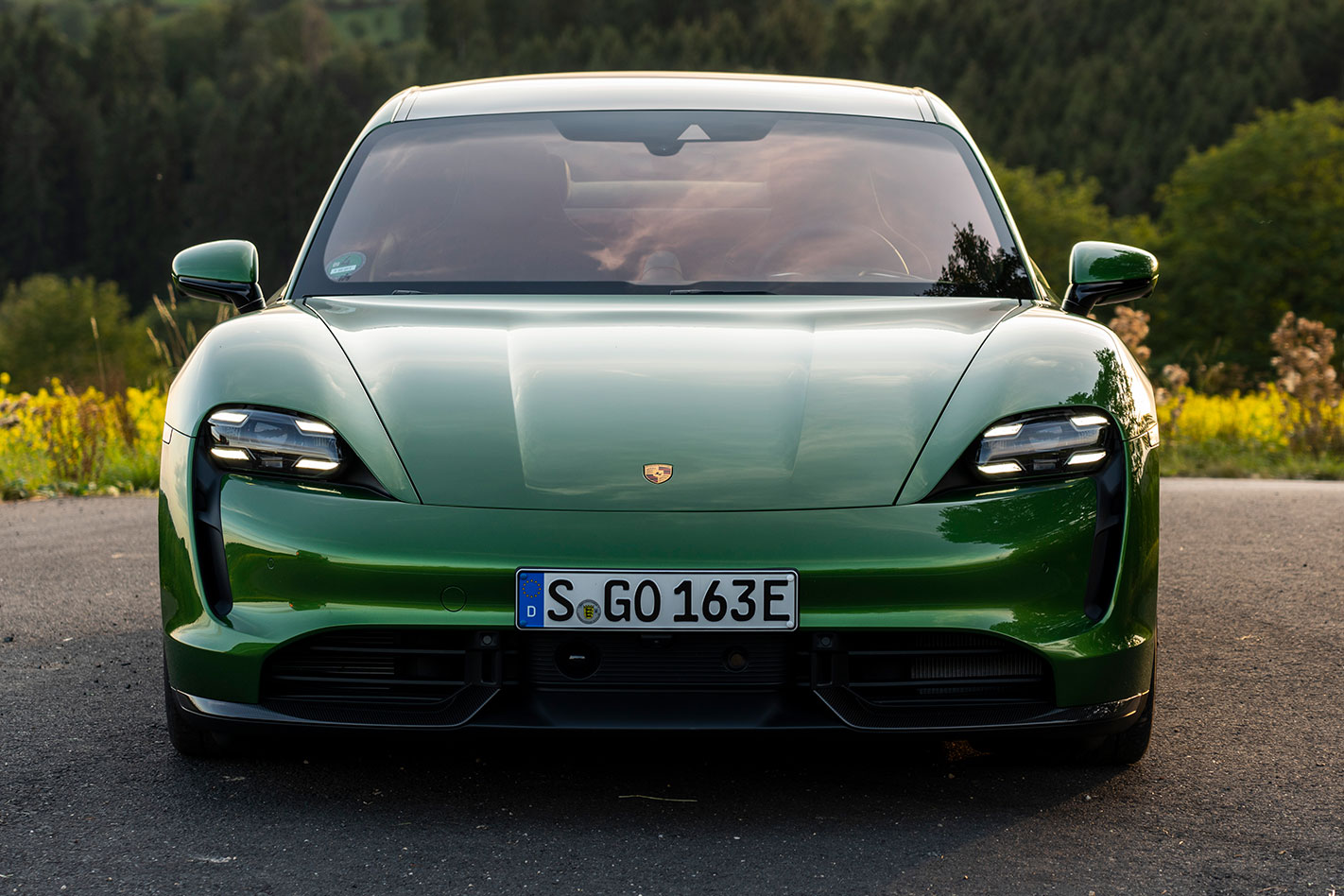
PORSCHE TAYCAN vs RIVALS
Tesla Model S P100D; Porsche Panamera Turbo; Porsche 911 GT3; Tesla Model 3; Jaguar I-Pace
Specs and pricing
Model: Porsche Taycan Turbo S
Motor: 2 x AC synchronous motors
Max power: 560kW
Max torque: 1050Nm @ 0rpm
Transmission: Two-speed reduction gear
0-100km/h: 2.8sec (claimed)
Economy: 26.9kWh/100km
Price: $350,000 (estimated)
On sale: Q4 2020


